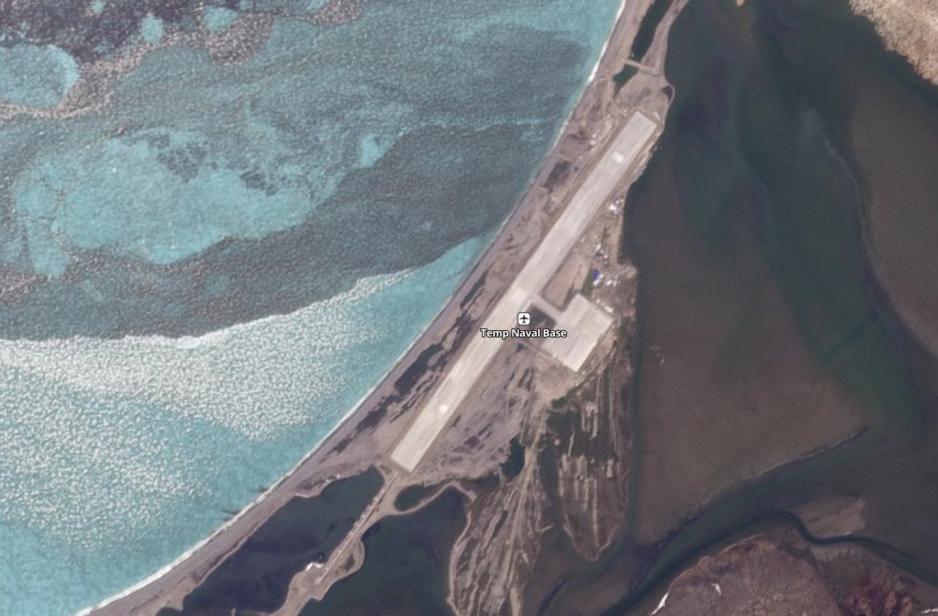The Arctic Debrief: Russia completes runway extension at Arctic airbase
In this edition of The Arctic Debrief: Russia completes runway extension at Arctic airbase; Alaskan aviation branch gets local permanent command base; and Construction begins on Canada's Quick Reaction Alert facility and its new drones face Arctic Challenges

In this edition:
- Russia completes runway extension at Arctic airbase
- Alaskan aviation branch gets local permanent command base
- Construction begins on Canada's Quick Reaction Alert facility and its new drones face Arctic Challenges
Latest Developments
Russia completes runway extension at Arctic airbase

Russia has completed a project extending the runway of its Temp Naval Base on Kotelny Island, part of the New Siberian Islands. The runway is now over 2KM long and 130 meters wide.
The new runway is capable of landing nearly all aircraft used by the Russian airforce, including strategic and nuclear bombers. It is one of many Arctic bases that Russia has been expanding and refurbishing over the past decade.
The New Siberian Islands are located of mainland Russia's northern coast to the east of the country. The islands are right above the Northern Sea Route, Russia's Arctic shipping route that it hopes to promote as an alternative global trade path.
Alaskan aviation units gets local permanent command base

The 11th Airborne Division, known as the "Arctic Angels," now has its own local aviation command in Fort Wainwright, Alaska. The two Alaskan aviation battalions will now be under the control of the 11th Airborne Division, whereas previously they were under the command of units based in Washington and Hawaii.
The two battalions are the 1-25 Attack/Reconnaissance Battalion and the 1-52 General Support Aviation Battalion. These units are home to US air force helicopters including the AH-64 Apache Helicopters (Attack Battalion), UH-60 Blackhawks, CH-47 Chinooks, and UH-60 Medevac Support (General Support Battalion).
This move comes just a month after the release of the DoD's 2024 Arctic Strategy which highlights the need for an increased US military presence in the High North, as well as a number of infrastructure and equipment upgrades.
Construction begins on Canada's Quick Reaction Alert facility and its new drones face Arctic Challenges

The Government of Canada announced that construction has begun on new Quick Reaction Alert facility at Canadian Armed Forces base Bagotville in the province of Quebec. The facility will house Canada's new F35s and over see their operations as part of NORAD.
In addition to a number of hangers for the jets, facilities will be added to hold more personnel need to maintain the planes and over see their deployments in Canadian airspace.
Meanwhile, an internal report reveals that the delivery of newly purchased MQ-9B drones will be delayed from 2025 to at least 2028. This is due to the need for additional upgrades to several problems, including that Canada's Arctic conditions may be too cold for the technology.
Another problem is that the drones may not be able to operate at such a high altitude due to Canada not having the appropriate satellite network to remain in contact with the drone as it operates in the High North. While these problems can be solved with additional upgrades the procurement cost and delivery time will be expended.

